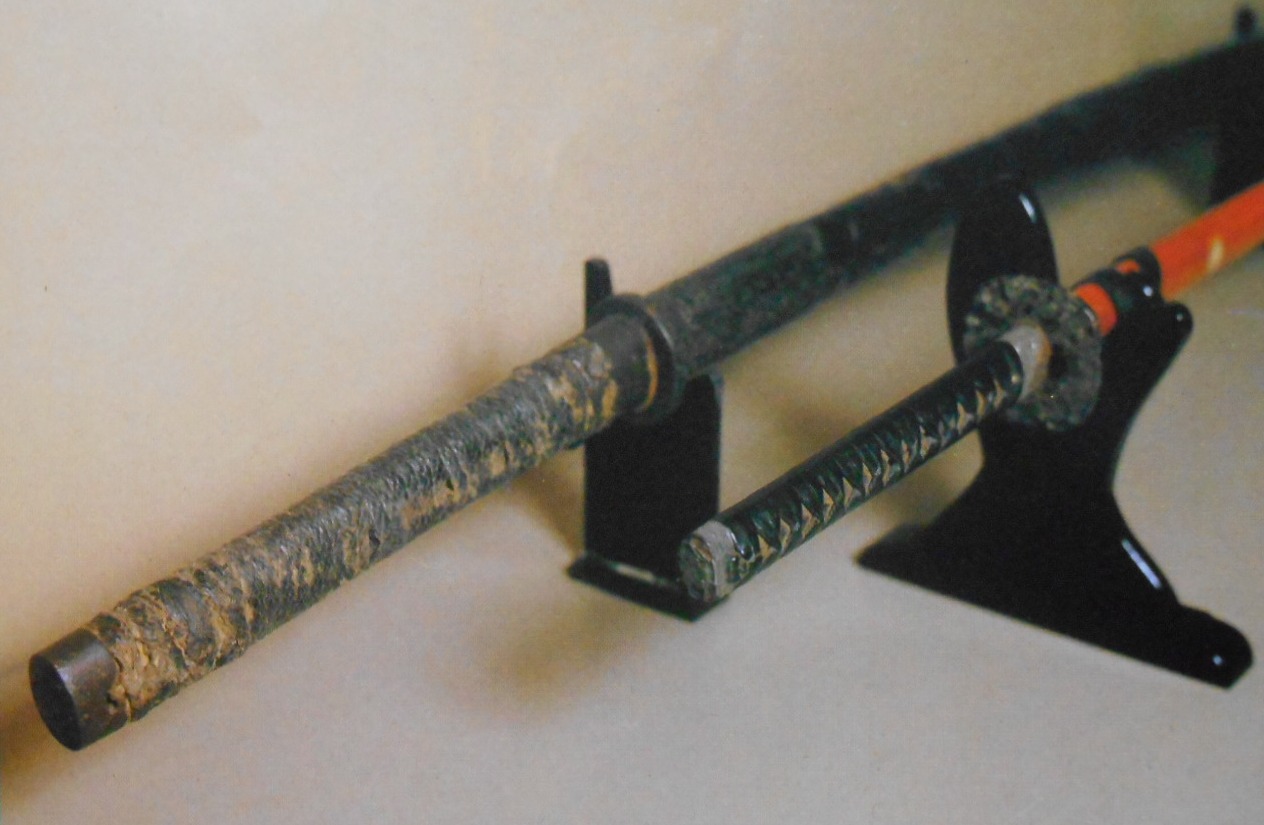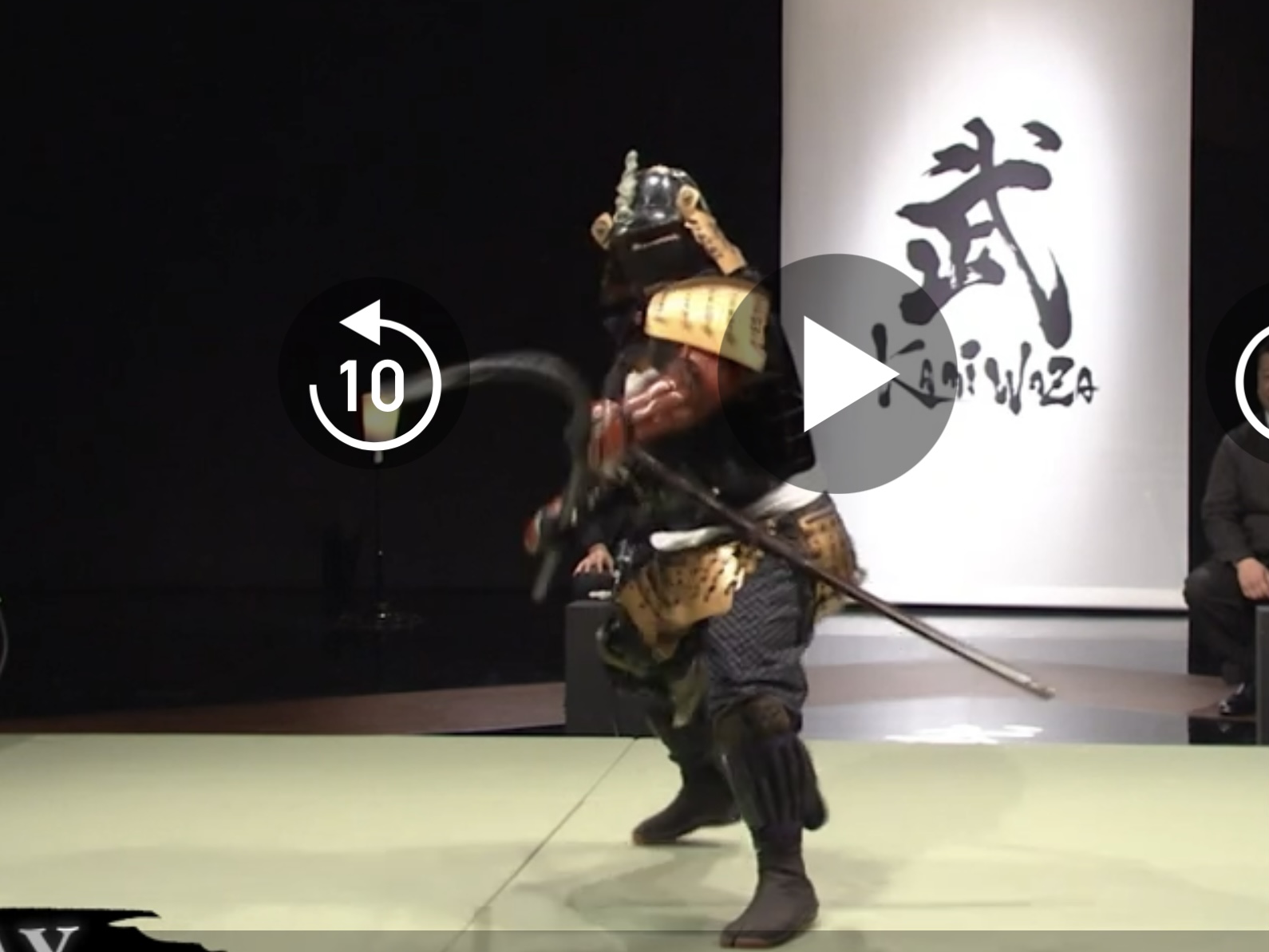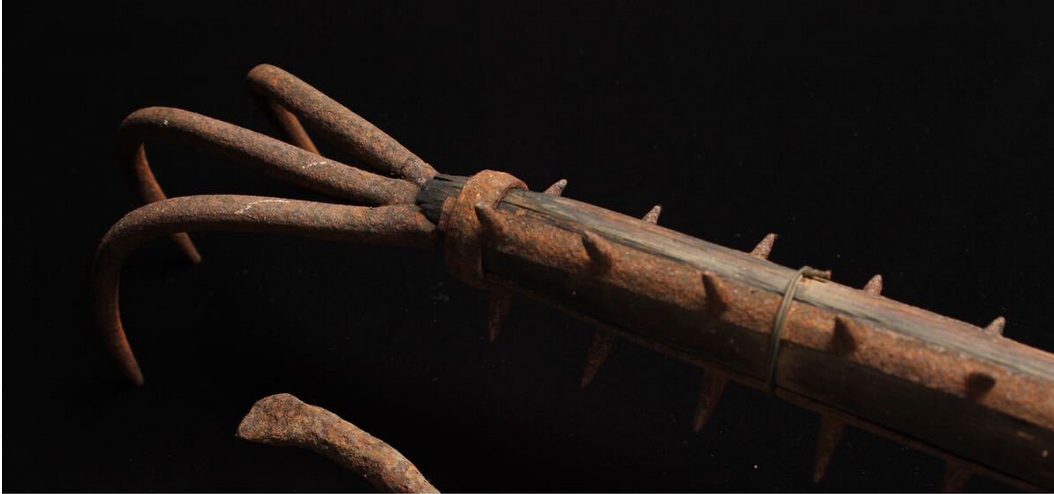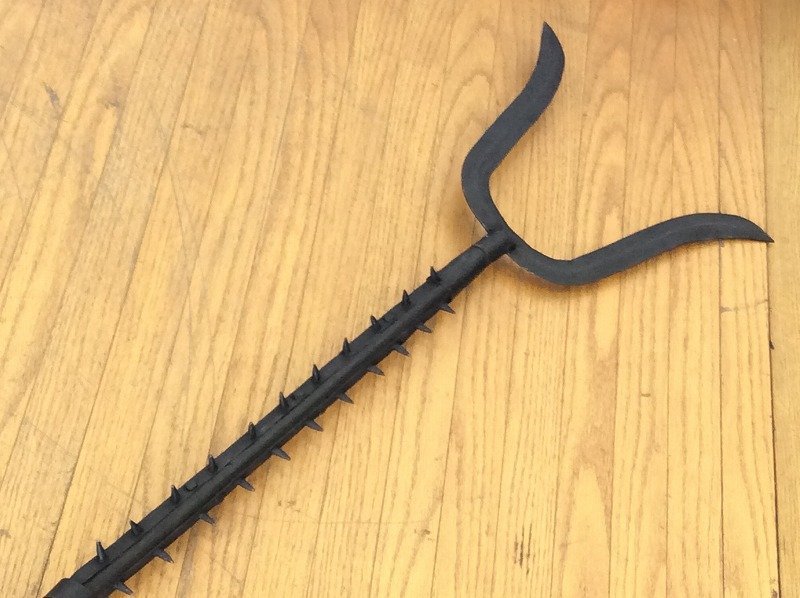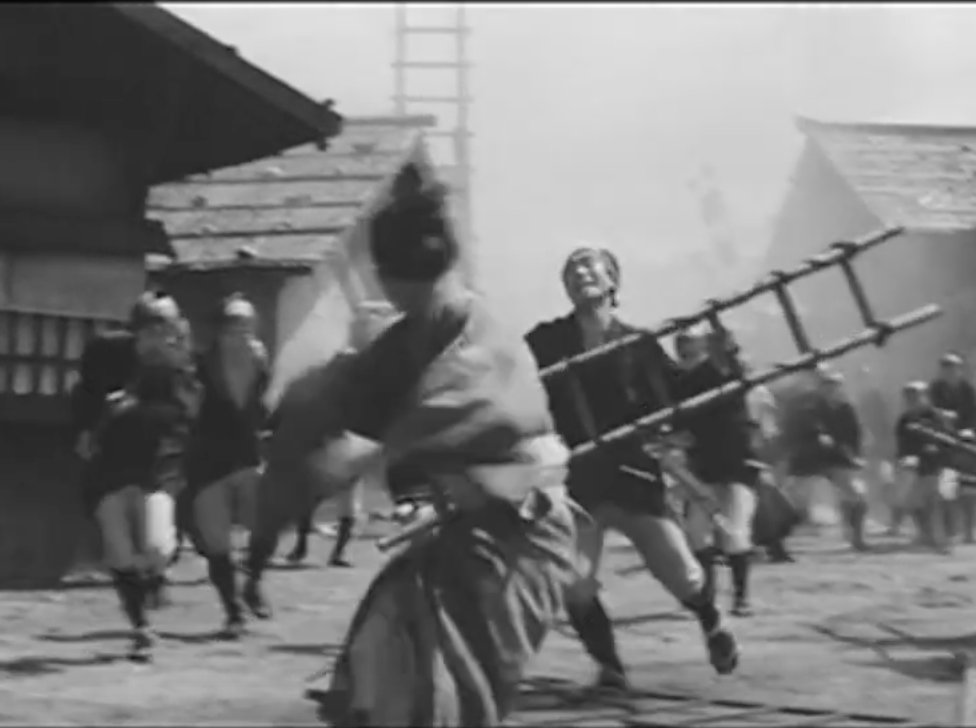Swords seemed to have been central to training in many schools of bujutsu, although it is generally acknowledged that other weapons were more widely used on the battlefield. Swords had a deep cultural resonance going beyond mere practicality, also having religious and ceremonial uses, and perhaps this was why they were used as a vehicle for technical and theoretical development of basic principles and skills of combat that could be applied to a number of weapons.
Nevertheless, specific skills for using the short sword were taught, often in conjunction with jujutsu or similar techniques of body control. The short sword was especially effective in situations where space was limited (such as indoors) or where surprise was a key element. Control of distance and line of attack were especially important, and the ease with which a short sword may be wielded with one hand leaves the other free for controlling the opponent.
The inherent disadvantage of the short sword when facing longer weapons could also be used to refine certain skills. Toda Seigen, reputedly the teacher of Sasaki Kojiro, Miyamoto Musashi’s famous opponent, was famous for his use of the short sword. Kojiro developed his skills with the extra-long sword from being a junior training partner for Toda as he further refined his short sword skills. (If you're interested, I wrote some more about that here).
Similarly, some two hundred years later, the eccentric swordsman Hirayama Kozo had his own students train in the short sword while facing an opponent with an extra-long sword to develop their spirit.
Hirayama wrote:
My swordsmanship is for slaying the enemy brutally. You must use this feeling of ferocity to penetrate directly into the enemy’s heart and mind. (Kensetsu – Sword theory)
Interestingly, one of his students had the chance to test this with a master of the Fuden Ryu, Kawakami Danemon, who came to try his skills against Hirayama. This Fuden Ryu, which has connections with the Asayama Ichiden Ryu (which has lately become well-known on Youtube), also has interesting teachings regarding the short sword, perhaps stemming from the teachings of the founder, who was a bodyguard for Tokugawa Ieyasu.
In this case, Hirayama was out, so his student, Soma Daisaku, took the challenge. The challenger used a long sword (the account I read says it was 6 foot shinai, although I assume the original measurement was shaku) while Daisaku had a short shinai - 1 shaku 3 sun (about 15 inches) in length. They faced off but Daisaku gradually forced his opponent back. When his opponent tried to counter, Daisaku’s thrust sent him into the wall. (I also wrote about Hirayama and Daisaku here.)
The sword in a red saya is Daisaku's normal sword
The longer one is an extra large one he used for practice.
Courtesy of https://japanbujut.exblog.jp/24646197/
(This is to say nothing of the relative merits of the two schools per se. There is still a school of the Fuden Ryu, though this is not to be confused with the sojutsu school of the same name – the two are written with different characters).
While I'm on the subject, the short sword also plays an important part in my new novel, Fallen Blossom, Book 2 of the Oshima Tokyo Noir series.
If you like murder, mystery and martial arts, and a bit of not too distant history – it’s set in 1930’s Tokyo – this could be the book for you! It’s available as an ebook on most major online book sellers, including Apple Books, Kobo and Amazon, from today (May 20th) and it’s at a discount price until May 27th.
This link will take you to the non-Amazon sites (and probably Amazon after today).
If you shop at Amazon.com, this link will take you direct to the page.
For those of you who prefer paper, the paperback will be coming soon.
Finally, tantô-chokunyû
This is an expression that literally means to go straight into the enemy (troops, camp) singlehanded, but tanto (単刀) -single sword - is also a homonym for tanto (短刀) - short sword, so it seemed appropriate for this post. In common use it means to 'get straight to the point', surely something users of a short sword would want to do.


